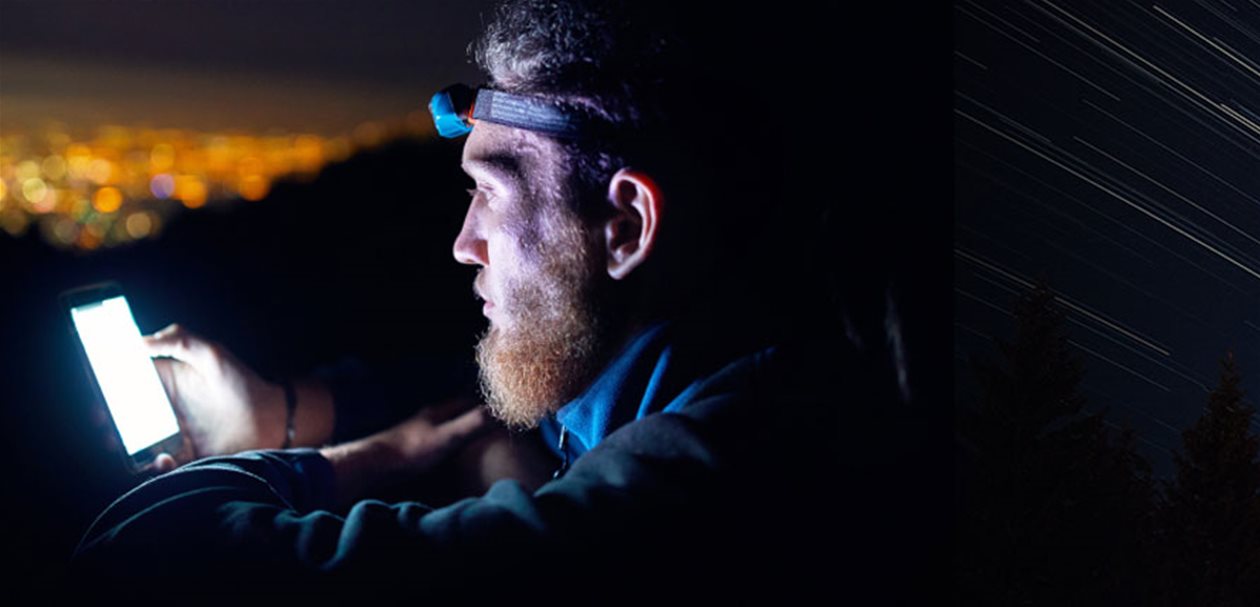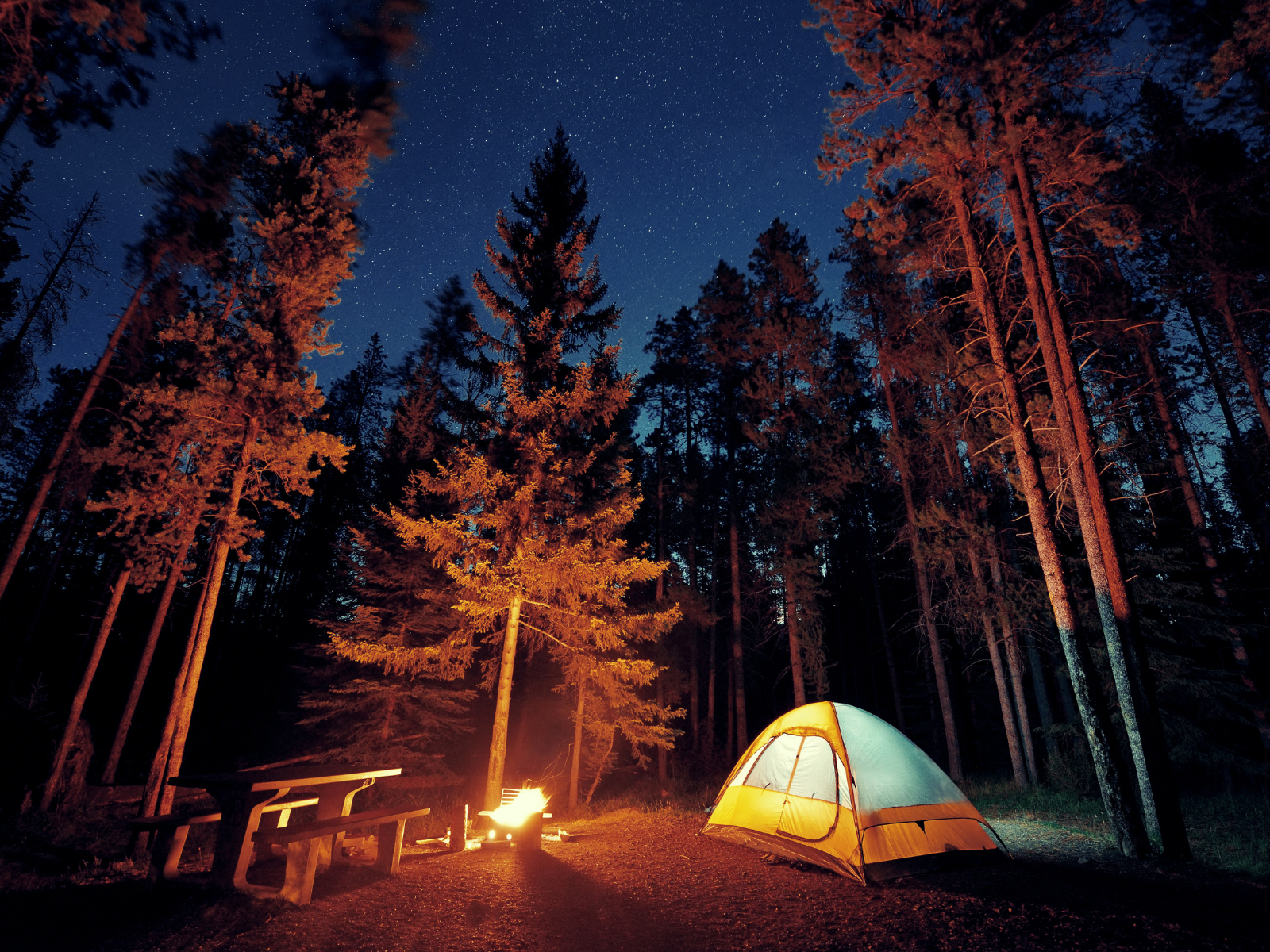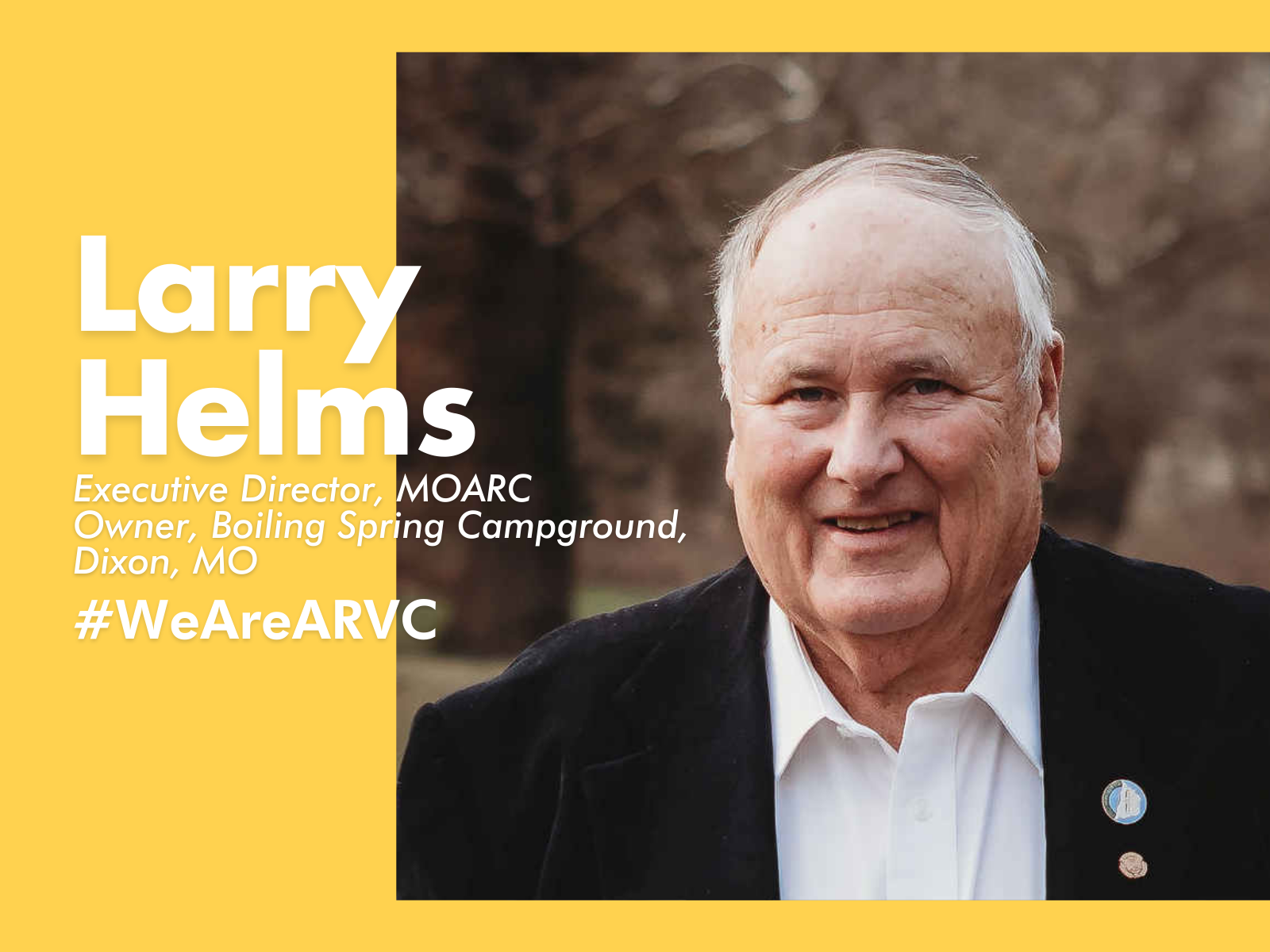At most RV industry conferences there are roundtables where the topic is Wi-Fi. It is a subject that confounds many a park owner, usually sapping their operational energy and staff morale. It also robs them of precious star ratings on Google.
At most RV industry conferences there are roundtables where the topic is Wi-Fi. It is a subject that confounds many a park owner, usually sapping their operational energy and staff morale. It also robs them of precious star ratings on Google. In fact, at least 20% of hospitality reviews online mention Wi-Fi; it is the biggest hurdle to attracting guests of every demographic. The antiquated “DIY” state of telecom infrastructure in RV parks across the country has not changed since the Internet was invented in the mid-1990s. But even worse, some park owners have lots of scar tissue from snake oil salesmen offering failed solutions. And to make matters more challenging the last few years have seen a revolution in how the Internet is being used, making old systems unusable.
Today’s RV park guest brings with them an average of three Wi-Fi connected devices, including smartphones, laptops, smart TVs, Rokus and Firesticks. 70% of data usage is now streaming video. Another 20% involves sharing media about their experience on social media. Guests of every generation think of Internet as a utility, like water and electricity, and nothing makes them more upset than when it doesn’t flow when they need it. Plugging Wi-Fi radios into DSL, cable modems or satellite might have worked in 2010, when guests were primarily browsing text on web pages. Those technologies are not commercial grade; they were designed to serve one residential home, not 200 devices streaming Netflix in HD. These ISPs typically assume a 25:1 “contention ratio”, where only one of 25 customer modems is actually passing traffic at any given time. What happens when 200 devices are streaming at the same time in your park? Gridlock from 6-9 pm when demand is highest; those “25 Mbps” residential modems start to output dialup speeds (circa 1998) and the “3 Mbps” upload capacity goes to almost zero. At that point no one’s device can even send a request to the Internet for data.
There is a proven solution to these problems, and it does not require up-front capital investments. For over 13 years our team has been building not only Broadband Wi-Fi systems, but also managing wireless connections to bridge remote locations to fiber-optic datacenters, sometimes 50 to 150 miles from the park. Because of this unique capability we are the first and only authorized Broadband provider to the National Park Service. We are solving the Broadband problem for lodging at Yellowstone, Grand Canyon, Glacier national parks, Lake Mead NRA, as well as private RV parks. These wireless links serve up to 1,000 Mbps (1 Gbps), are 99.9% reliable and provide the same speed for download and upload. However, just as important as the “backhaul” is the in-park Wi-Fi engineering, where new systems must be designed from the ground up to support the increased speeds. The FCC considers “Broadband” to be 25 Mbps to every user. It is a technical term, but has been hijacked by local DSL, cable and satellite marketers. The next time you consider an upgrade of your Wi-Fi ask whether the provider is a truly Managed Service Provider (MSP). Will they be accountable for quality every day? Do they want money up front? Are they just selling consulting, equipment and maintenance fees, or do they contractually guarantee minimum speeds to every user?
A recent KOA study found that quality Wi-Fi caused an extension in guest stay of an average of two days. Some of our most remote parks have seen a 50% increase in bookings after implementing Broadband. There is a lot at stake, but there are now zero-risk models for any RV park to be a part of this Broadband revolution in outdoor hospitality.
This content was sponsored by AccessParks For more information visit our website.








Leave A Comment